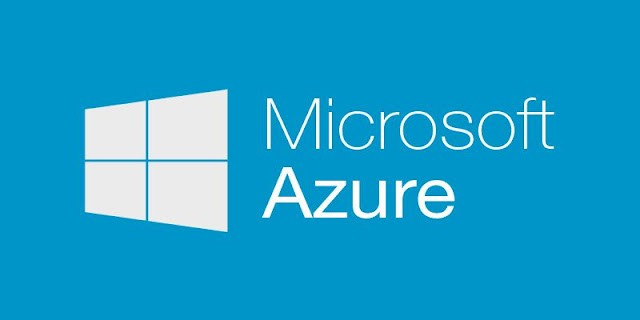Microsoft Azure is a key enabler of the digital transformation journey of our customers today. Customers are using Azure to spur business innovation and realizing how running in Azure makes them more resilient, more agile, and more efficient. They are looking to migrate more and more of their existing portfolio of applications to Azure to realize this value. On the Azure Migrate product team, we are focused on simplifying the migration process for our customers so that they can migrate their workloads swiftly. In July last year, we introduced a new enhanced version of Azure Migrate. Azure Migrate is the hub for all your migration needs featuring a collection of tools across the discovery, assessment, and migration phases for multiple migration scenarios including servers, applications, and databases. We’ve continued to innovate and have since added multiple new capabilities such as agentless application discovery and dependency analysis to make it even easier for you to plan and execute migrations to Azure.
One of the most popular tools in Azure Migrate’s portfolio of tools is the Azure Migrate: Server Migration tool. The server migration tool lets you migrate servers and the applications on them to Azure virtual machines. The server migration tool offers agentless options for migration of VMware and Hyper-V virtual machines, and an agent-based option for migration of physical servers, and servers from other clouds to Azure. Thus, making it easier than ever for our customers to migrate their existing servers and applications to Azure. The agentless capability for migrating VMware virtual machines of the server migration tool, in particular, has been extremely popular with our customers. Our customers are loving the simplicity and ease of use that the agentless method of migration offers and have been using it to migrate 1000s of machines per month.
While multiple customers are already automating the server migration workflows using Azure REST APIs, one of the top asks from our customers has been for a simpler automation interface to automate the migration process. I am happy to announce the availability of a new Azure PowerShell module to help you automate the migration process and further accelerate your cloud migration. This new Azure Migrate PowerShell module that is currently in preview, provides a set of PowerShell cmdlets that lets you migrate VMware virtual machines to Azure using the agentless migration method of the server migration tool. Using the PowerShell cmdlets in the module, you’ll be able to configure and manage replication of VMware virtual machines to Azure, perform test migrations, and then migrate them to Azure virtual machines. In other words, with the availability of these cmdlets, you can now use the familiar Azure PowerShell experience to perform migrations in an automated repeatable manner and achieve the migration scale and velocity you need.
It doesn’t stop there. In addition to the PowerShell module, we are also releasing a set of sample scripts that use this PowerShell module to automate the migration of VMware virtual machines to Azure. These sample PowerShell scripts, developed by Microsoft Cloud Solution Architect Nelson D’Souza, show you how you can execute migrations at scale by using the PowerShell cmdlets to build a migration factory. These sample scripts are available on GitHub and can be downloaded and used as is, or be used as a baseline to build your own migration factory. The scripts are being made available in an open-source model, and we invite community participation to improve and further enhance these scripts.Automating your migration journey using the Azure Migrate PowerShell cmdlets allows you to empower your business and application teams. Cloud centers of excellence within organizations can define blueprints to be used by business and application teams to ensure that migrations are safe, compliant, and operationally efficient. Individual business and application teams can then use this blueprint to achieve agility and independence in their migration decisions.
Source: microsoft.com






0 comments:
Post a Comment